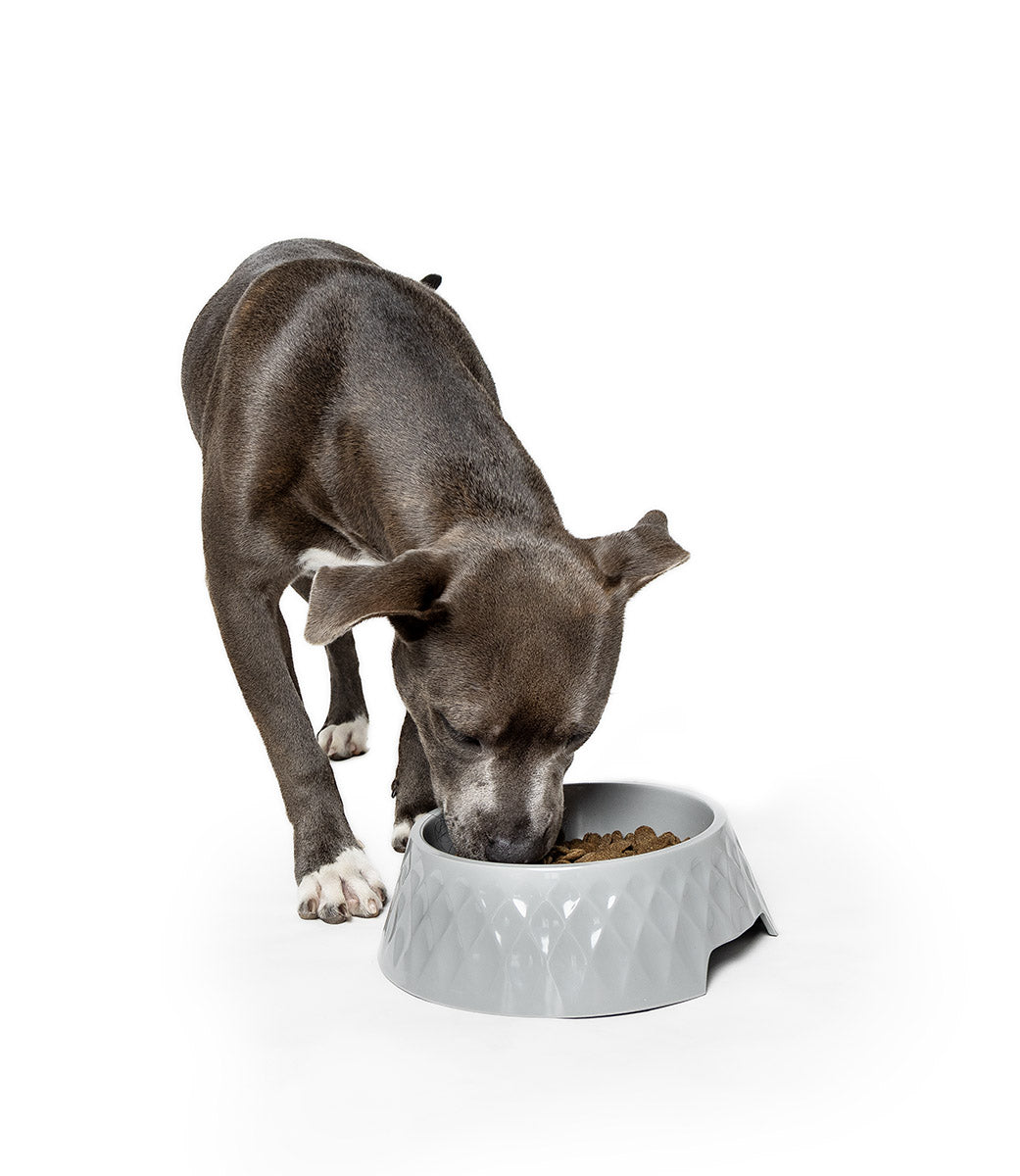Understanding Low-Allergenic Dog Food
Few things are more heartbreaking than seeing your dog suffer. Sadly, many dogs experience discomfort due to food allergies or intolerances. Just like humans, dogs can be allergic to certain foods, proteins, or environmental factors. The good news is that with the right diet, you can often identify and manage these triggers.
What Does a Dog Food Allergy Look Like?
Food allergies in dogs typically cause symptoms such as:
-
Itchy or inflamed skin
-
Recurrent ear infections
-
Hot spots or excessive licking
-
Diarrhoea or vomiting
-
Poor coat quality or hair loss
If you’re seeing these signs, talk to your vet before changing your dog’s diet. They can help determine whether the symptoms are food-related, environmental, or due to another medical issue.
What To Do if Your Dog Is Allergic to a Type of Food
A vet-guided elimination diet is the gold standard for identifying food allergies in dogs. This process helps you and your vet determine whether a specific ingredient is contributing to your dog’s symptoms.
1. Consult With a Veterinarian
Always begin with professional guidance. Your vet will rule out other causes and provide a safe elimination diet plan. These diets are not nutritionally complete long-term, so they should only be followed for the recommended duration to avoid nutrient deficiencies.
2. Choose a Novel Protein and Carbohydrate Source
In consultation with your vet, select a novel protein (one your dog has never eaten before) and a single carbohydrate source. Proteins are the most common cause of allergies, so choosing a new one is key. Examples include insects, venison, rabbit, or duck paired with carbohydrates such as sweet potato, quinoa, or sorghum.
3. Eliminate All Other Food Sources
Remove all other foods, treats, and chews, including flavoured supplements or medications. Consistency is crucial during this phase, so make sure everyone in your household sticks to the plan.
4. Feed the Elimination Diet for at Least 6 Weeks
Feed your dog the chosen diet exclusively for 6 to 8 weeks. This allows time for any existing allergens to clear from their system and for you to observe improvements.
5. Reintroduce Foods Gradually
Once the elimination phase is complete, reintroduce foods one at a time over several days. Start with a single protein such as chicken, beef, or fish, followed by other ingredients. This “challenge phase” helps identify which foods are triggering symptoms.
6. Keep a Food Diary
Track what your dog eats and any symptoms that appear. A simple food diary helps you and your vet identify trends and make informed dietary decisions.
Why Novel Proteins Like Insects Can Help
Insects, particularly black soldier fly larvae, are an excellent novel protein for dogs with food allergies or intolerances. They are:
-
Hypoallergenic and highly digestible
-
Rich in essential amino acids comparable to traditional meat proteins (Spranghers et al., 2017)
-
Naturally contain chitin, a prebiotic fibre that supports gut health
-
A source of lauric acid, which has antimicrobial properties and supports a healthy digestive environment
At the 2024 Vet Expo, insect protein was also voted the least likely protein source to trigger food allergies in dogs, reinforcing its growing reputation as a safe and effective option for sensitive pets.
These unique properties make insect protein an ideal choice for dogs on elimination diets or those with ongoing sensitivities.
Feed For Thought: Low-Allergenic Dog Food That Works
Feed For Thought is formulated with sensitive dogs in mind. Our recipes use:
-
Insect protein as a novel, nutrient-dense source of amino acids
-
Australian-grown sorghum, a gentle, pesticide-free grain that supports digestion
-
Chitin for prebiotic gut support
-
Lauric acid for immune and digestive health
This combination provides a sustainable, vet-formulated option for dogs needing a low-allergenic, high-function diet.
Key Takeaway
If you suspect your dog has food allergies, don’t panic. With veterinary guidance, an elimination diet, and the right protein source, you can uncover the cause and help your dog feel better. Feed For Thought offers a balanced, sustainable way to support dogs with food sensitivities using the power of novel insect protein.
References
-
Spranghers, T. et al. (2017). Nutritional composition of black soldier fly larvae reared on different organic waste substrates. Journal of the Science of Food and Agriculture, 97(8), 2594–2600.
-
Olivry, T. & Mueller, R. (2020). Evidence-based veterinary dermatology: Systematic review of dog food-induced allergic dermatitis. BMC Veterinary Research, 16, 1–16.
-
Vet Expo Australia (2024). Emerging Trends in Novel Protein Nutrition for Companion Animals. Conference Proceedings, Sydney.
